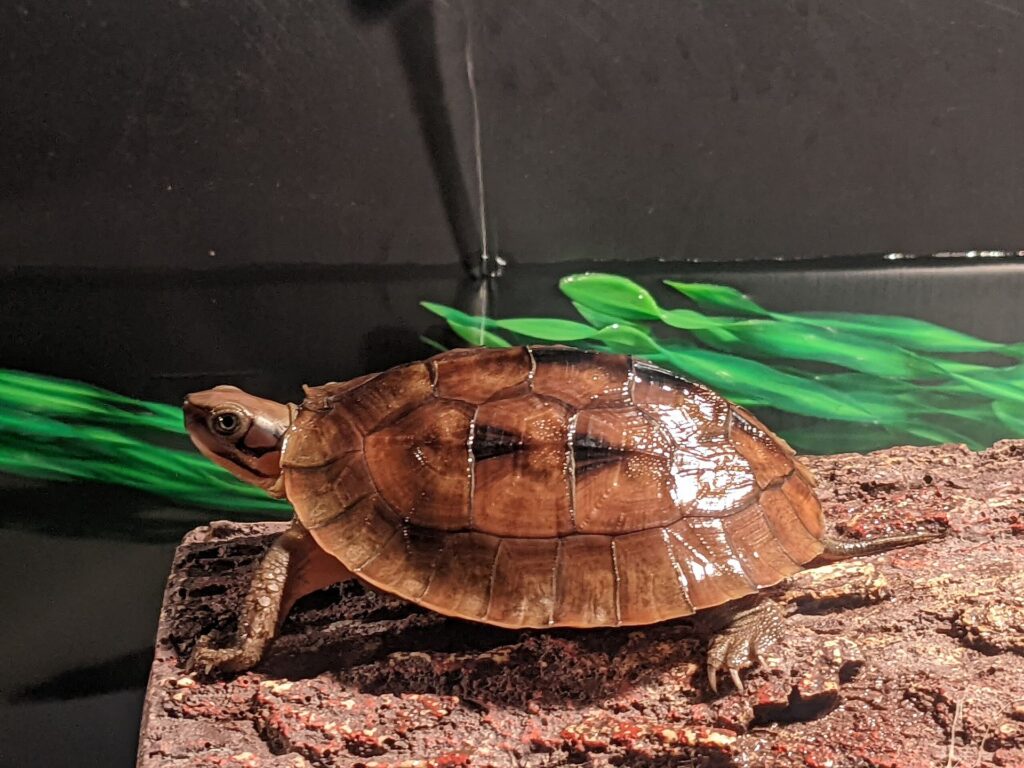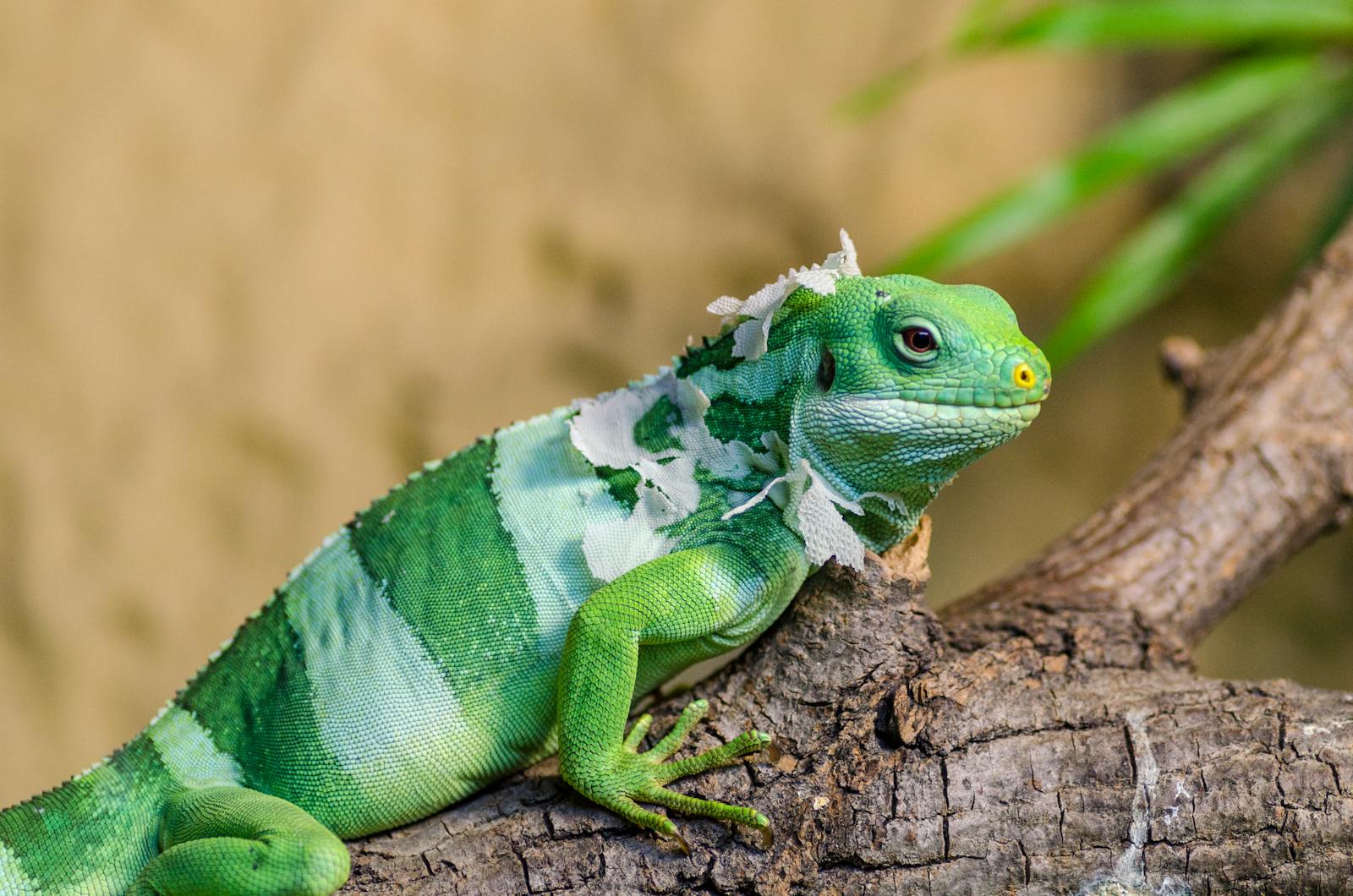Turtles make fascinating and relatively low-maintenance pets, but their stoic nature can make it challenging to determine when they’re unwell. Unlike dogs or cats that might vocalize their discomfort, turtles tend to suffer in silence. As a responsible turtle owner, recognizing the subtle signs of illness is crucial for providing timely veterinary care and ensuring your shelled companion lives a long, healthy life.
This comprehensive guide will help you identify the warning signs that indicate your turtle might be sick, enabling you to take prompt action before minor health issues develop into serious conditions.
Changes in Appetite and Eating Habits

One of the most noticeable signs that your turtle might be sick is a sudden change in appetite or eating habits. A healthy turtle typically has a hearty appetite and will eagerly consume food when it’s offered. If your normally voracious turtle suddenly shows little interest in eating or refuses food altogether, this could indicate an underlying health issue.
Some turtles might also start eating less gradually over time, which can be more difficult to notice but equally concerning. In some cases, a sick turtle might approach food and then back away or take food into its mouth and then spit it out, suggesting potential mouth pain or digestive problems.
Shell Abnormalities and Discoloration

A turtle’s shell can provide valuable insights into its overall health, making regular shell inspections essential for proactive healthcare. Healthy turtle shells should be firm, smooth (depending on the species), and free from unusual growths, cracks, or soft spots. White, red, or discolored patches on the shell may indicate fungal or bacterial infections that require immediate attention.
Shell rot, characterized by pitted areas, softening, or a foul odor, is a serious condition that can worsen rapidly if left untreated. Additionally, pyramiding (abnormal shell growth where scutes form raised pyramids) suggests poor nutrition or improper husbandry conditions that need to be addressed to prevent long-term health complications.
Respiratory Issues and Breathing Problems

Respiratory infections are common in turtles, particularly those kept in environments with inadequate temperature regulation or poor water quality. If your turtle is consistently extending its neck to breathe, making wheezing or whistling sounds, or breathing with an open mouth, these are clear indicators of respiratory distress. You might also notice bubbling or discharge from the nose or mouth, which typically signals an infection.
Some turtles with respiratory problems may float lopsidedly in water because of air trapped in one lung, or they might avoid submerging themselves completely. Respiratory issues in turtles can progress quickly, so these symptoms warrant immediate veterinary care to prevent potentially fatal complications.
Lethargy and Unusual Inactivity

While turtles aren’t known for being particularly active pets, any noticeable decrease in their normal activity level should raise concerns. A sick turtle may spend excessive time in one spot, show reluctance to swim or bask, or appear generally disinterested in its surroundings. This lethargy is often one of the first signs that something isn’t right with your turtle’s health.
You might notice your turtle is slower to react to stimuli like food or your presence, or it might sleep more than usual. It’s important to distinguish between normal seasonal behavior changes (like brumation) and true lethargy, which persists regardless of environmental conditions and typically accompanies other symptoms.
Swollen Eyes or Eye Discharge

Eye problems are particularly common in aquatic turtles and can indicate various health issues ranging from vitamin A deficiency to serious infections. Swollen, puffy eyelids (often called “puffy eye syndrome”) may prevent the turtle from opening its eyes fully or at all. You might notice your turtle rubbing its eyes with its front legs, which indicates discomfort.
Clear, cloudy, or colored discharge from the eyes is abnormal and typically signals an infection that requires treatment. In some cases, eye problems may be accompanied by nasal discharge or swelling around the face, suggesting a more systemic infection that needs comprehensive veterinary care.
Abnormal Fecal Matter or Urine

Changes in your turtle’s waste can provide valuable clues about its digestive health and potential infections. Healthy turtle feces should be brown and well-formed, while urates (the white part of turtle waste) should be white to pale yellow. Diarrhea, consistently runny stool, or unusual colors like red (indicating blood) or green (potentially indicating internal infections) are cause for concern.
Straining to defecate suggests possible constipation or intestinal blockage, which can become life-threatening if not addressed promptly. Some parasitic infections may cause visible worms in the feces, while metabolic issues might result in changes to urate color or consistency, such as orange or yellow coloration that could indicate liver problems.
Swimming Problems or Buoyancy Issues

Aquatic turtles should swim with ease and control, maintaining proper buoyancy in the water. If your turtle suddenly struggles to dive, constantly floats to one side, or can’t stay submerged, it may be experiencing a health problem affecting its buoyancy. One common condition is “turtle butt,” or floating syndrome, where gas buildup in the digestive tract causes the turtle to float with its rear end elevated.
More concerning is when a turtle struggles to surface for air, which could indicate pneumonia or a respiratory infection filling the lungs with fluid. In some cases, swimming abnormalities might result from neurological issues, infections, or even injuries to the shell or limbs that affect the turtle’s balance and mobility.
Swelling or Lumps on Body

Any unusual swellings, bumps, or growths on your turtle’s body warrant careful monitoring and potentially veterinary examination. Abscesses, which appear as hard or soft swellings, are common in turtles and typically result from bacterial infections following injuries. Swelling around the ears (actually the tympanic membranes on the sides of the head) often indicates an ear infection that requires antibiotic treatment.
Female turtles may develop swelling in the rear legs or tail area if they’re egg-bound (dystocia), a serious condition requiring immediate veterinary intervention. Even seemingly minor swellings should not be ignored, as turtles are masters at hiding illness until conditions become advanced and more difficult to treat.
Changes in Basking Behavior

Healthy turtles establish consistent basking patterns, alternating between warming themselves under heat sources and cooling off in water. A sick turtle might abandon its normal basking routine, either avoiding basking entirely or spending excessive time under the heat lamp. Some ill turtles may bask with limbs unusually extended, which can indicate they’re trying to elevate their body temperature to fight infection.
Conversely, a turtle might stop basking altogether if moving onto the basking platform has become painful or difficult due to illness or injury. Changes in basking behavior are particularly significant because proper thermoregulation is essential for a turtle’s immune function, digestion, and overall health.
Skin Issues and Abnormal Shedding

The soft tissues of a turtle—including the skin on its neck, legs, and tail—can develop problems that indicate underlying health issues. Healthy turtles shed their skin periodically in small, transparent pieces as part of normal growth. However, excessive, patchy, or difficult shedding may indicate fungal infections, poor water quality, or inadequate humidity levels.
Red, inflamed skin could signify bacterial infections or burns from inappropriate basking setups. White or gray fuzzy patches often indicate fungal infections, while small red spots might be external parasites like turtle leeches. Any cuts, abrasions, or open wounds on a turtle’s skin require careful monitoring, as they can easily become infected in aquatic environments.
Weight Loss or Emaciation

Significant weight loss is a serious concern for turtles and often indicates an advanced health problem that has been present for some time. You might notice your turtle’s legs, neck, or tail looking thinner, or the skin appearing loose or wrinkled. In severe cases, the eyes may appear sunken, and the plastron (bottom shell) might feel concave.
Regular weighing can help detect weight loss before it becomes visually apparent, as turtles can lose substantial body mass before it’s obvious to the naked eye. Chronic weight loss despite normal eating habits might indicate parasites, while sudden weight loss often accompanies acute infections or organ dysfunction. Either situation requires prompt veterinary attention to determine the underlying cause and appropriate treatment.
Mouth Rot (Infectious Stomatitis)

Mouth rot is a bacterial infection that affects a turtle’s mouth and can spread to surrounding tissues if left untreated. Early signs include excessive saliva, red or white patches in the mouth, and reluctance to eat due to pain. As the condition progresses, you may notice cheese-like discharge, bleeding from the mouth, or a foul odor when your turtle breathes.
Some turtles with mouth rot may repeatedly open and close their mouths or rub their faces against objects in their enclosure to alleviate discomfort. This condition typically results from poor water quality, an inadequate diet, or injuries to the mouth and requires veterinary treatment with appropriate antibiotics and supportive care to prevent serious complications.
When to Seek Veterinary Care

When it comes to turtle health, early intervention can make the difference between straightforward treatment and a medical emergency. Any combination of the symptoms described above, or any single symptom that persists for more than a day or two, warrants a consultation with a reptile-experienced veterinarian. Respiratory issues, shell problems, and significant behavioral changes should be considered urgent situations requiring immediate attention.
It’s important to find a veterinarian with specific experience treating reptiles, as turtles have unique physiological needs that differ substantially from mammals. Keep detailed records of your turtle’s symptoms, including onset and duration, as well as any recent changes to habitat, diet, or water conditions, as this information will help your veterinarian make an accurate diagnosis and recommend appropriate treatment.
Conclusion

Maintaining your turtle’s health requires vigilant observation and prompt action when warning signs appear. By familiarizing yourself with these common indicators of illness, you’ll be better equipped to detect problems early when they’re typically more treatable. Remember that turtles are evolutionarily programmed to hide weakness, meaning that by the time symptoms are obvious, the condition may already be advanced.
Regular health checks, proper habitat maintenance, and a nutritionally complete diet are your best defenses against illness. When in doubt about your turtle’s health, don’t hesitate to consult with a reptile-experienced veterinarian, as proper medical care can help ensure your shelled companion enjoys a long, healthy life.




